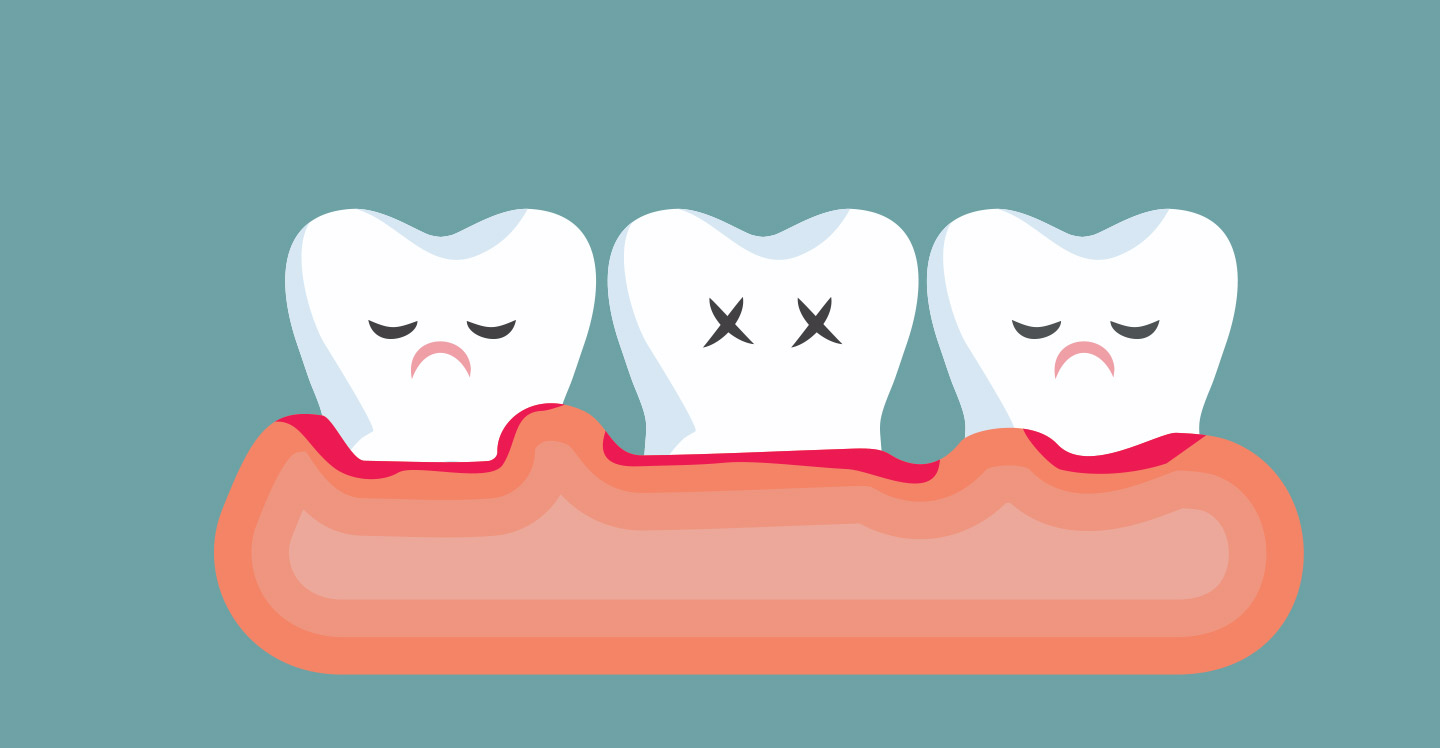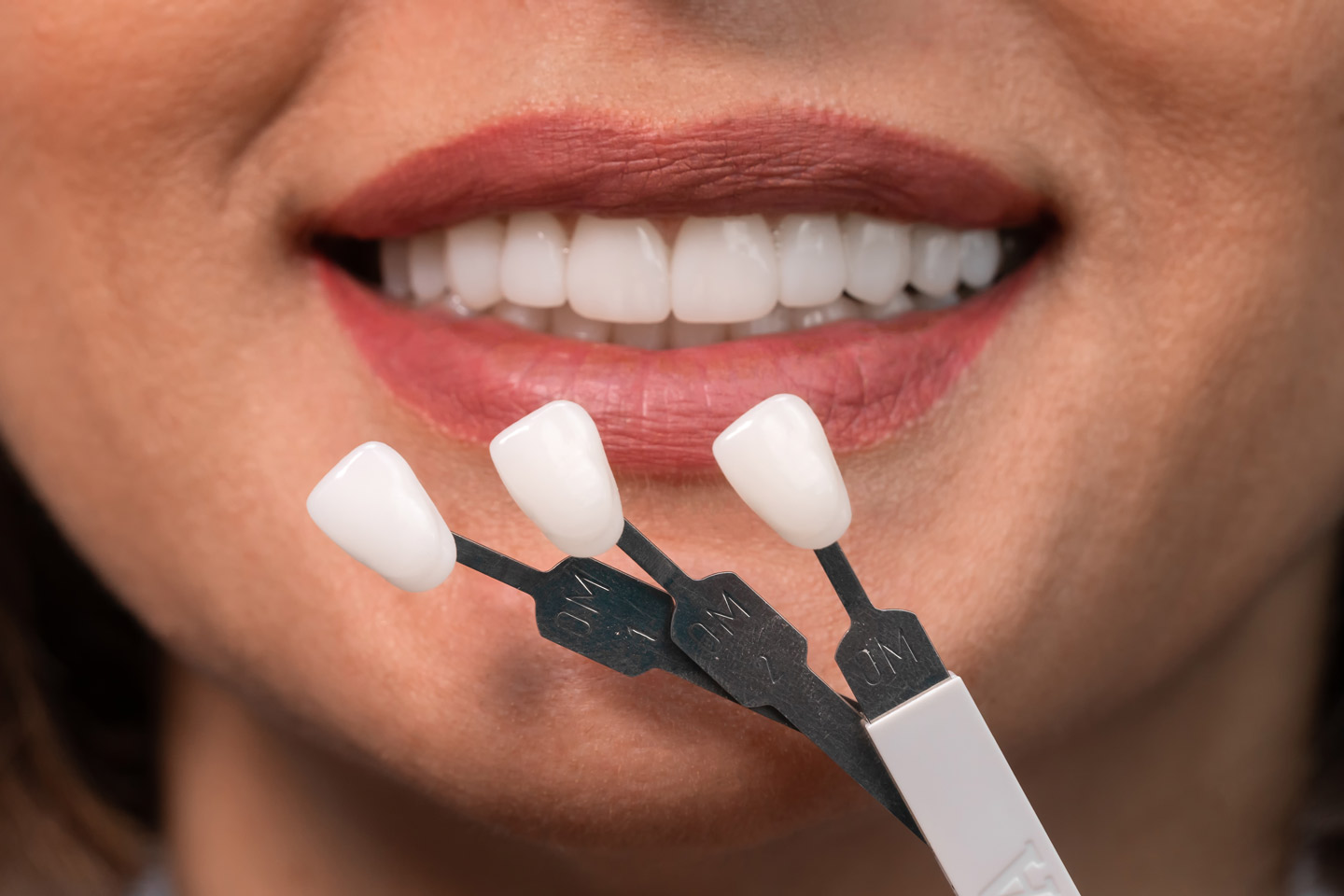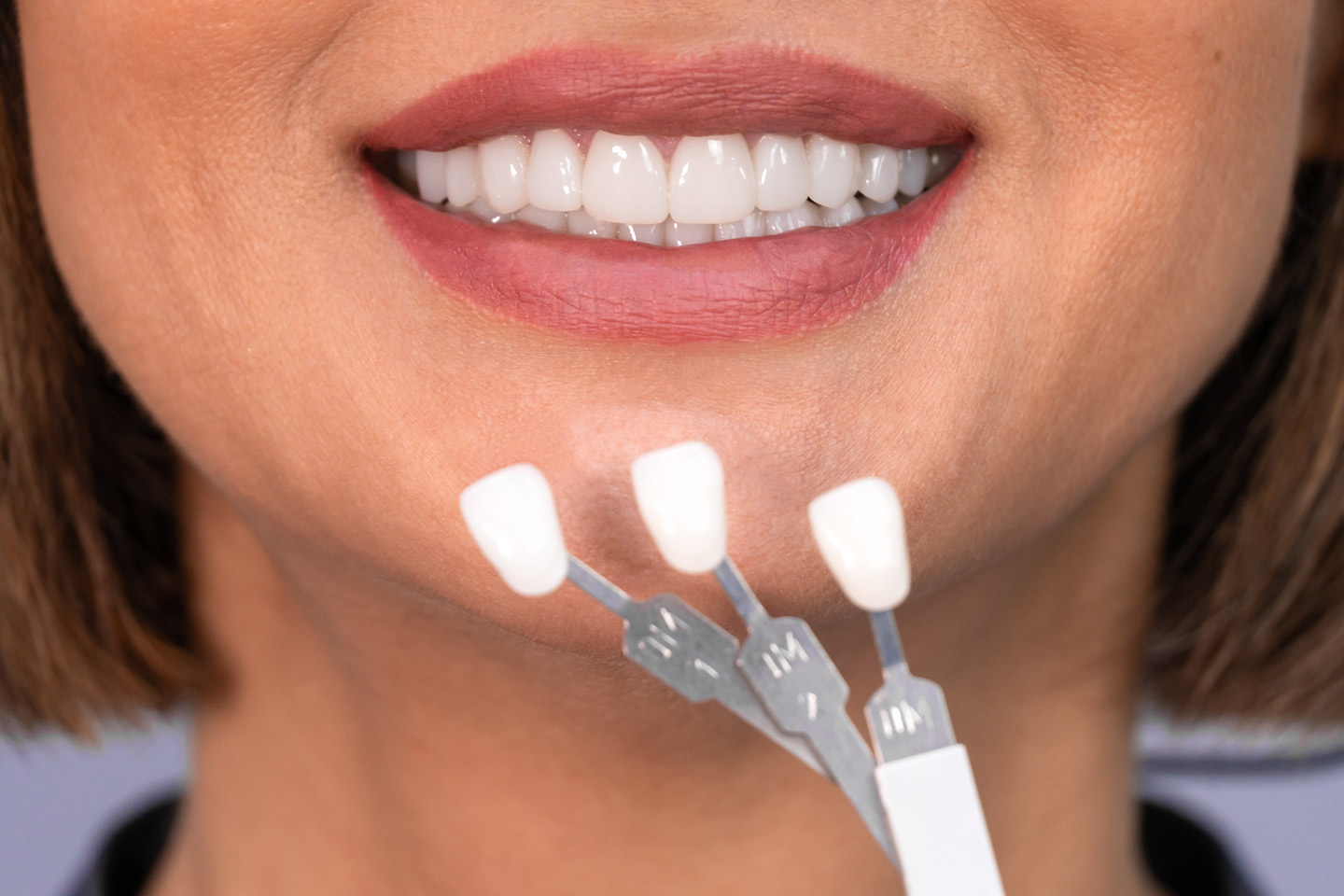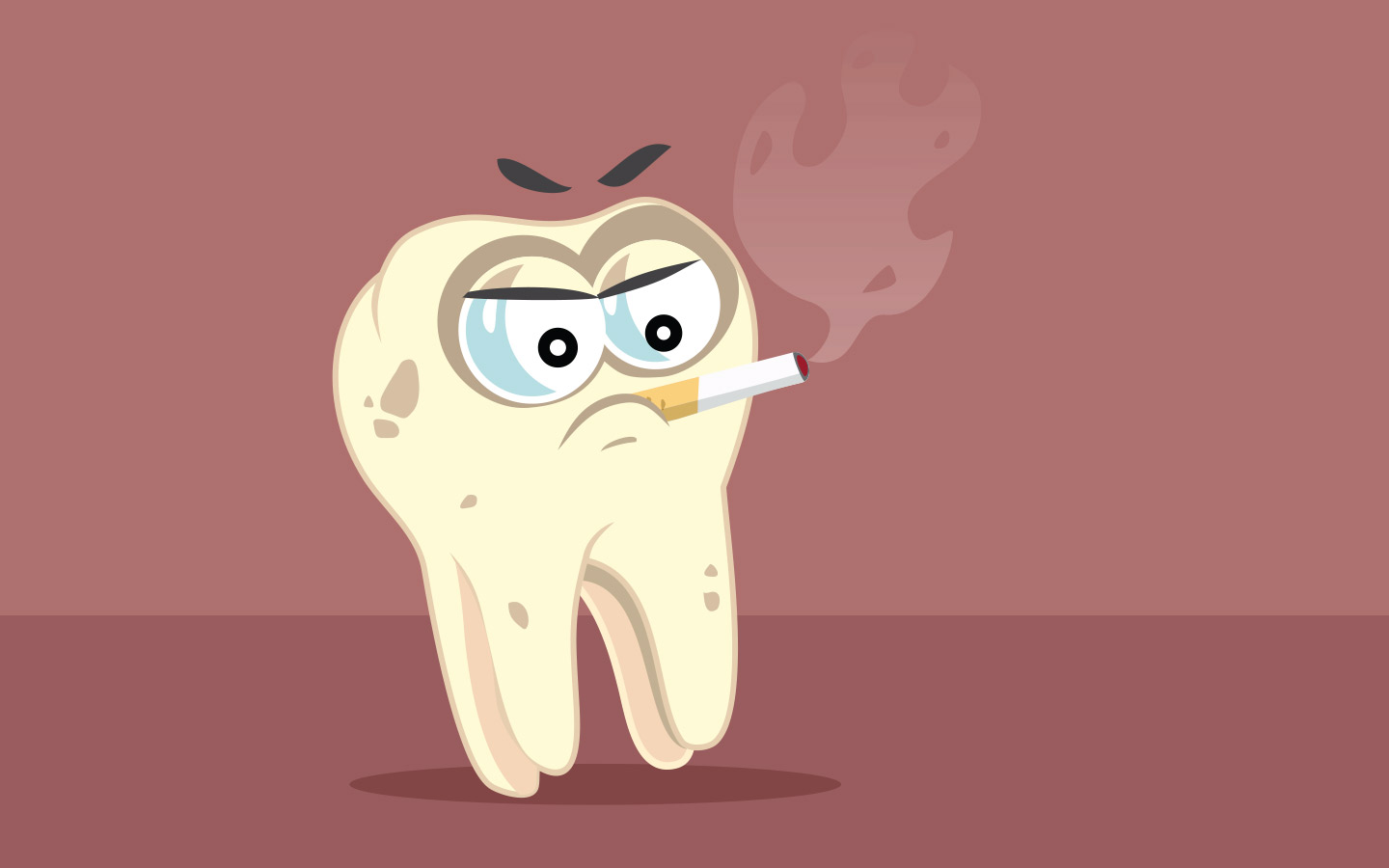The Importance of Avoiding Dairy After Tooth Extraction

In this blog, we will explore the importance of setting the stage for a successful recovery after tooth extraction and highlight the significant role of post-operative care, specifically the exclusion of dairy products, in the healing process.
Immediate Effects of Tooth Extraction
Immediately following a tooth extraction, patients may experience various potential complications and discomfort that require attention and care. Swelling, pain, and bleeding are common immediate effects of the procedure, and the surrounding tissues may become tender and sensitive.
These discomforts can make eating and speaking challenging, requiring individuals to modify their daily routines.
However, proper healing and infection prevention are crucial during this critical period. It is important to emphasize the importance of not consuming dairy after a tooth extraction and the need for adequate rest and proper care to facilitate healing.
Following the dentist’s instructions for post-operative care, such as gently biting down on a gauze pad and avoiding vigorous rinsing or spitting, can aid in blood clot formation and prevent complications like dry socket.
Maintaining good oral hygiene and refraining from smoking or consuming alcohol play a pivotal role in reducing the risk of infection. By prioritizing these aspects and understanding the importance of not having dairy after a tooth extraction, patients can actively contribute to their healing process and ensure a smoother recovery after the procedure.
Factors Influencing Dietary Restrictions After Tooth Extraction
Several factors influence the need for dietary restrictions after tooth extraction, highlighting why it is crucial to not have dairy after tooth extraction is advised during the recovery period.
First, the extraction site is vulnerable to irritants and contaminants, making it crucial to avoid foods that may interfere with the healing process. Certain dairy products, such as milkshakes and ice cream, can contain ingredients that may introduce bacteria or irritate the sensitive area.
Secondly, specific foods can impact the healing process. Dairy products, including milk and cheese, can be high in lactose and calcium. While calcium is beneficial for overall oral health, excessive intake immediately after extraction can interfere with blood clot formation and slow down the healing process.
Moreover, lactose can be difficult to digest for some individuals, potentially leading to gastrointestinal discomfort.
By understanding the vulnerability of the extraction site to irritants and contaminants and the potential impact of certain foods on the healing process, patients can appreciate why not having dairy after tooth extraction is recommended.
Adhering to these dietary restrictions will promote a smoother recovery and support optimal healing for the best possible oral health outcomes.
The Risk of Dairy Products in Post-Tooth Extraction Diet
There are various reasons as to why it is important to avoid dairy during this recovery phase.
Firstly, dairy products, particularly those with high acidity levels, can induce discomfort or pain at the extraction site. The acidic nature of certain dairy items can significantly hinder the healing process.
Secondly, the risk of bacterial contamination looms over unpasteurized dairy products, amplifying the urgency to exclude them from the post-tooth extraction diet.
By recognizing the importance of not consuming dairy after an extraction, individuals can optimize their recovery by minimizing both discomfort and the potential for infections. Remember, prioritizing your oral health during this critical phase requires adhering to the recommended dietary guidelines, including the exclusion of dairy products.
Discovering Dairy-Free Alternatives
There are numerous dairy-free alternatives that can provide the essential nutrients needed for a balanced and nutritious diet during this time.
To replace the calcium found in dairy, incorporate calcium-rich alternatives like leafy greens such as kale and spinach, as well as fortified plant-based milk options like almond or soy milk. These choices offer ample calcium to support healing without relying on dairy.
For protein sources without dairy, consider including beans, legumes, and tofu in your meals. These plant-based options are excellent sources of protein, fiber, and other essential nutrients needed for recovery after a tooth extraction.
Ensuring a balanced and nutritious diet without dairy involves incorporating a variety of fruits, vegetables, whole grains, and healthy fats into your meals. This diverse range of foods will provide the necessary vitamins, minerals, and antioxidants required for a speedy recovery.
Navigating the Post-Tooth Extraction Diet
After a tooth extraction, navigating the dietary landscape is crucial for promoting optimal healing and minimizing discomfort. Understanding general dietary recommendations and exploring suitable food options for a soft and easy-to-chew diet can greatly contribute to a smoother recovery journey.
1. Soups, broths, and pureed foods
These provide nourishment without requiring extensive chewing. Opt for options like vegetable soup, bone broth, or pureed soups made from soft ingredients.
2. Soft fruits and vegetables
Incorporate fruits like bananas, avocados, and cooked apples into your diet. For vegetables, consider steamed or boiled carrots, mashed potatoes, and well-cooked squash.
3. Cooked grains and pasta
Choose softer grains like rice, quinoa, or couscous. Cooked pasta, such as macaroni or penne, can also be easily consumed without much effort.
By selecting these types of foods, you can maintain proper nutrition while minimizing strain on the extraction site, allowing for a more comfortable and efficient healing process.
Remember to consult with your dentist or oral surgeon for specific dietary recommendations tailored to your individual needs.
Conclusion
Avoiding dairy is a vital step in promoting a successful recovery. By understanding the negative effects of dairy products on healing and exploring dairy-free alternatives, you can support optimal healing, reduce discomfort, and minimize complications. Embrace a post-tooth extraction diet prioritizing oral health for a smoother journey towards restored well-being.




